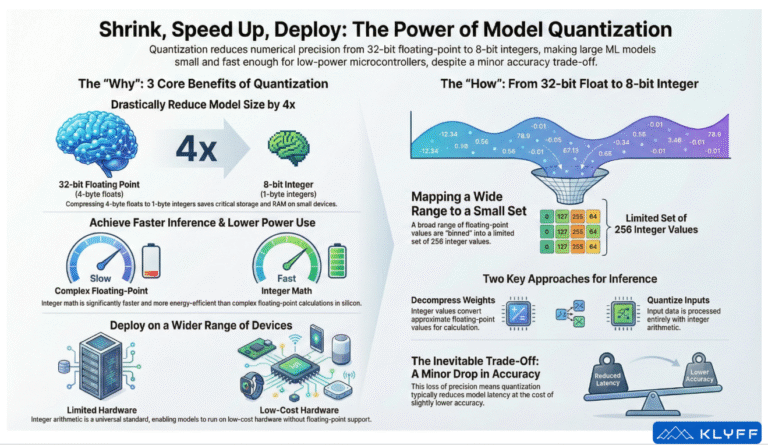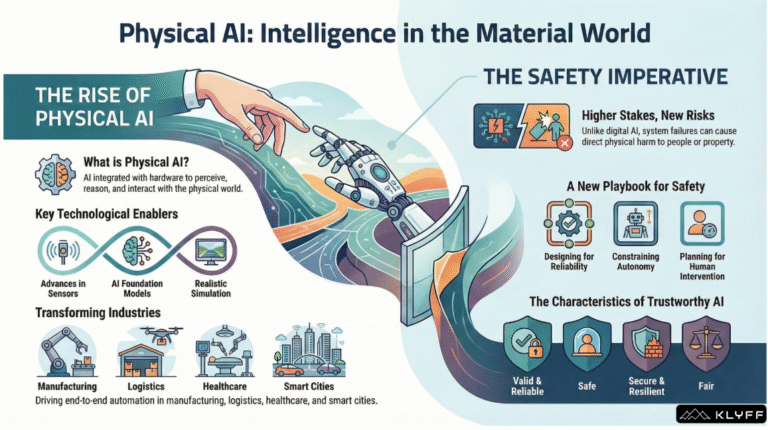
Retail shrinkage is a staggering problem for the industry, amounting to a $130 billion issue that is growing at a rate of 26% year over year. This loss, which directly impacts a retailer’s bottom line, stems from various sources, but the most significant contributor is theft, accounting for a massive 65% of all shrinkage. For years, retailers have relied on traditional methods like security guards and standard video surveillance, but these often prove to be reactive rather than preventative. Today, a new technological wave is empowering retailers to shift from merely recording crime to actively preventing it: Edge AI.
By integrating artificial intelligence directly into devices at the edge of the network—like cameras and sensors within a store—retailers can analyze data in real-time, identify threats as they happen, and transform their loss prevention strategy from a cost center into a powerful tool for revenue protection.
Understanding the Many Faces of Retail Shrinkage
Before diving into the solution, it’s crucial to understand the complex nature of retail loss. While many assume shoplifting is the sole culprit, shrinkage is a multifaceted issue. The two largest contributors are indeed shoplifting and employee theft, which together make up over 65% of the problem.
- Shoplifting: This can range from a customer simply walking out without paying to more sophisticated schemes like barcode switching at a self-checkout, where a lower-priced item’s barcode is scanned for a higher-priced one. It also includes organized retail crime, where groups steal large quantities of merchandise in a coordinated fashion.
- Employee Theft: A significant and often overlooked threat, this includes stealing directly from the cash register, taking merchandise, processing fraudulent discounts for friends or family, or not scanning all items for a customer at the checkout lane.
- Return Fraud: This occurs when individuals return stolen goods for cash or use counterfeit currency to make a purchase and then return the item for real currency.
- Operational Errors: These are non-malicious but costly mistakes, such as pricing errors, discrepancies at the point of sale (POS), miscounted stock, or perishable goods being left out and spoiling.
- Supplier Fraud: Loss can even occur before products hit the shelves. This involves receiving consignments from suppliers with inaccurate quantities or damaged goods.
Each of these scenarios chips away at a retailer’s revenue. A comprehensive loss prevention strategy must address all of them, and this is where Edge AI demonstrates its immense value.
The Power of Edge AI: Adding a Brain to the Eye
Traditional loss prevention relies heavily on video surveillance, physical security tags (like EAS or RFID), and employee training. While these are important, standard video cameras often act as passive recorders, useful for investigation after an incident has occurred. Edge AI fundamentally changes this by “putting the brain to an eye”.
Edge AI-enabled systems use cameras that are either intelligent by themselves or are existing “brownfield” cameras connected to an edge server for processing. These systems run sophisticated computer vision models and deep learning algorithms directly in the store, allowing them to analyze video feeds with minimal delay. Instead of just recording footage, they can perform:
- Real-time Incident Tracking and Analysis
- In-store Behavior Tracking
- Pose Estimation to understand actions
- Detection of Scan Misses at POS systems
This ability to process data locally—at the “edge”—is critical. It avoids the latency and bandwidth issues associated with sending massive video files to a centralized cloud server for analysis, enabling immediate alerts and interventions.
A Closer Look: Edge AI in Action at the Self-Checkout
The self-checkout lane is a notorious hotspot for shrinkage, particularly through barcode switching or customers forgetting to scan items. An Edge AI system can effectively combat this. Let’s break down how a solution like the Klyff loss prevention accelerator works in this scenario:

1. Visual Perception Layer: As a customer scans an item, multiple cameras—perhaps one at the checkout station and another overhead—capture video feeds. The AI system uses computer vision to grab the “retail object” from these feeds. It identifies and tracks the item being handled by the customer.
2. Similarity Search: The captured image of the retail object is then sent to a similarity search engine. This engine compares the visual data of the object against a database of product image “embeddings” (a type of digital fingerprint for images) to find the best possible match. It essentially identifies the product based on what it looks like, not what is scanned.
3. The Evaluator: This is the critical decision-making step. The evaluator compares the product identified by the similarity engine with the product information received from the barcode scanner.
- If they match, it’s a legitimate scan. A green light signals the customer to continue.
- If they don’t match—for example, the cameras see a high-value electronic item, but the barcode scanner registers a low-cost grocery item—it triggers a red light alert. The self-checkout process is paused, and a store assistant is notified to intervene and help the customer.
Other use cases
This entire process happens in seconds, preventing theft before the transaction is even completed. This same multi-camera AI technology isn’t limited to self-checkouts. It can be extended to monitor for employee theft by flagging fraudulent discounts at the POS, identifying miscounted stock during inventory checks, and even detecting when perishable goods are left in carts or are beginning to decay on the shelf. By covering these scenarios, a comprehensive Edge AI solution can address more than 80% of shrinkage causes.
Beyond Real-Time Alerts: Predictive Analytics and Operational Efficiency
The true power of Edge AI extends beyond immediate threat detection. By collecting and analyzing data from every transaction and event, these systems enable powerful predictive analytics. The system can:
- Identify Patterns of Organized Retail Crime: By analyzing transaction data, the AI can detect unusual patterns, such as frequent voids or weight overrides at a specific POS terminal, which may indicate coordinated theft.
- Generate Risk Scores: The system can calculate risk scores for individual employees or entire stores based on historical data and observed behaviors, helping management focus audits and training where they are most needed.
- Forecast Future Occurrences: By understanding past patterns, the AI can help predict future shrinkage events, allowing for proactive adjustments to staffing or security measures.
- Optimize Inventory and Pricing: The same sensors and cameras can monitor shelf stock in real-time. If a pallet of avocados is detected to be spoiling faster than expected, the system can trigger the electronic shelf labels (ESLs) to dynamically reduce the price, increasing uplift and preventing the items from becoming a total loss.
Overcoming the Challenges of Implementation
Implementing such an advanced system is not without its hurdles. Retail environments are complex, with unstandardized data from various sensors and POS systems, siloed solutions that don’t communicate, and infrastructure limitations like network bandwidth. Furthermore, any new technology must justify its return on investment and, crucially, work with existing hardware—a “brownfield” solution is essential, as retailers cannot afford to replace all their cameras and sensors.
This is where a well-designed accelerator comes in. A robust Edge AI platform is designed to be brownfield-compatible, integrating seamlessly with a retailer’s existing infrastructure. It acts as an end-to-end solution that connects sensors, edge servers, and the cloud, ensuring that data is mined and thinned at the source to manage bandwidth.
Finally, any implementation must respect the “law of the edge,” a concept that encompasses three key areas:
- Law of Privacy: Ensuring that data is handled in a way that respects the privacy of individuals and complies with regulations.
- Law of Economics: Proving a clear and compelling return on investment.
- Law of Physics: Operating within the real-world constraints of latency and processing speed to deliver timely results.
The Future of Retail is Intelligent and Secure
Retail loss prevention is undergoing a seismic shift. By leveraging Edge AI, retailers can move from a reactive, forensic approach to a proactive, preventative one. The technology provides the intelligence to not just see what’s happening in a store but to understand it and act on it in real-time. From stopping a single fraudulent scan at a self-checkout to identifying complex organized crime rings, Edge AI offers a comprehensive solution that protects assets, improves operational efficiency, and ultimately safeguards the bottom line. For retailers looking to combat the ever-growing challenge of shrinkage, the future isn’t just about more cameras; it’s about smarter ones.


